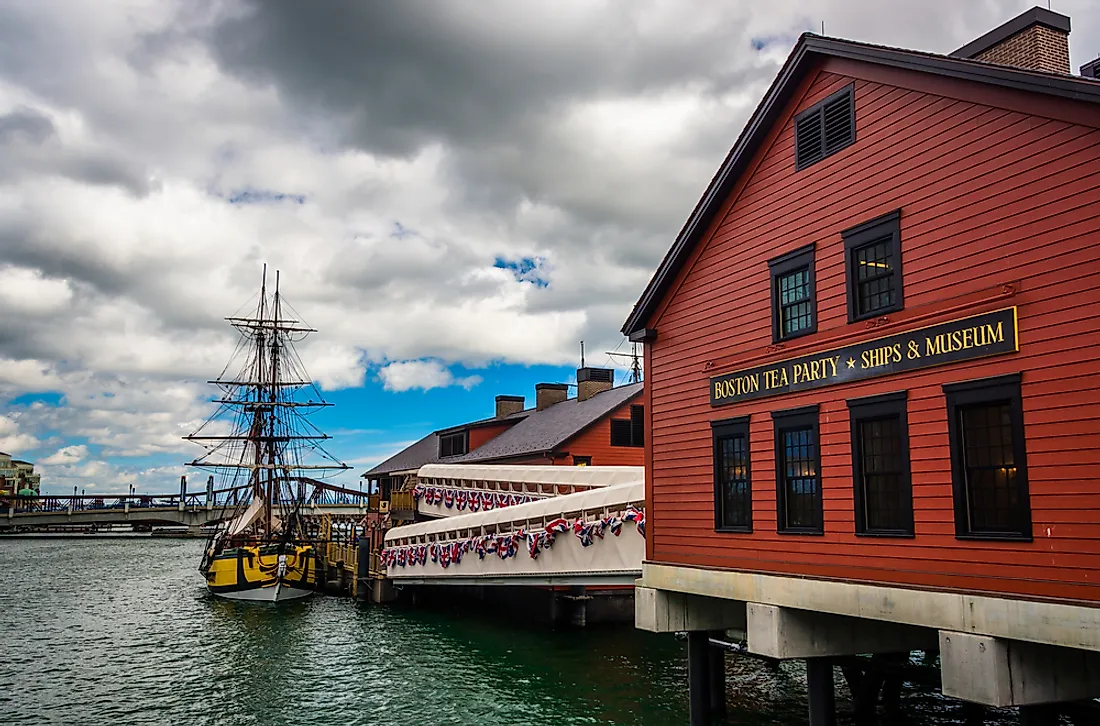What Was The Boston Tea Party?

On 10th May 1773, demonstrators, some disguising themselves as Native Americans, descended on an entire shipment of tea that had been sent by the East India Company and destroyed it. They did this by boarding the ships and throwing all the chests of the tea into Boston Harbor. On 16th December 1773, Sons of Liberty organized a political protest in Boston, Massachusetts in defiance of the Tea Act. This is what came to be known as the Boston Tea Party.
Origin
The Boston Tea Party can be attributed to a couple of issues that confronted the British Empire in 1765. The first was the financial problems that were facing the British East India Company and the second one was a dispute that was going on at the time, concerning the extent that the Parliament had over the British American colonies even when it had no elected representatives. An attempt to resolve this issue by the government of the Kingdom of Great Britain led by Lord North sparked a showdown which eventually would result in the revolution.
The Tea Act
East India Company was one of Great Britain’s most significant business institutes. In 1767, through this act, the company received a refund of their tea which would be re-sold in British colonies while repealing tea taxes within Britain. Both of these, however, expired five years later and in 1772 parliament passed a new act which cut down the refund and restored the repealed taxes. This threw the company into a huge financial crisis and thus the Tea Act. This Act allowed the company to export tea to the colonies on its own while it also received full refunds on the duty of their tea that was imported to Britain. The company would sell tea cheaply, undercutting prices for the smugglers as well as those of the colonial tea farmers. The company selected consignees in Philadelphia, New York, Boston and Charleston who would sell it for commission.
Americans got wind of the Tea Act and its details while the ships were en route to the colonies. Seven ships had been released, four for Boston and one each for the other colonies. Sons of Liberty started a campaign aimed at raising awareness whose result would be compelling the consignees to step down. Protesters successfully made the consignees to step down or return the tea to England, except in Massachusetts.
In Massachusetts, the Governor advised the consignees to stand firmly, two of them being his sons. Massachusetts governor refused to let the ship with tea leave without paying duty and after the 20-day deadline was over it is said 30-130 men boarded the vessels and emptied all the 342 chests of tea into the sea, with some dressed disguised as Mohawk warrior, all in a record of three hours.
Results Of The Tea Party
The same thing happened on March 7, 1774, although it wasn’t much destructive this time. However, due to this, Britain ended taxation for any colony in February 1775 in a conciliatory resolution that repealed the tax on tea.











